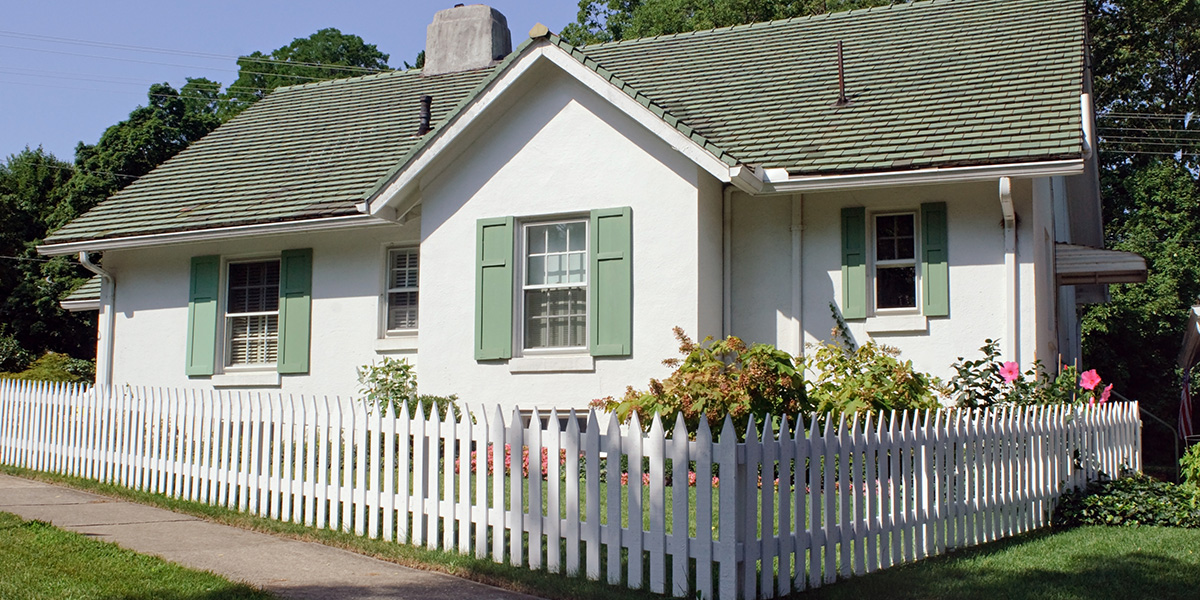
How to Find Out If a Property Is Good for Flip or Rental
These days, many people opt to purchase real estate instead of putting money into stocks and bonds or other investments. And with good reason! There is a lot of money to be made in real estate, especially when purchasing property to flip or rent out for extra income. Both can be incredibly lucrative. Therefore, if you’re a first-time real estate investor, you might wonder how to find properties that are good for flipping and those that would make great rental units.
Finding a house to flip
Finding houses to flip can be tough, but that doesn’t mean there aren’t excellent properties available. Here are some things to consider when searching for a property to flip.
Location
Nothing will determine the value of your house flip more than where it is located. This value starts with the city and extends to the neighborhood, school district, and more. As a general rule, proximity to stores and public transportation will increase the value, while proximity to highways and airports will decrease value.
A lot depends on who you expect the purchaser to be. For a home in an area filled with younger, single people, the expected purchaser might see the school district as less important. For a home in an urban area where no one drives, the purchaser would see access to public transportation as optimal. In addition, a driveway or garage would increase the value for a purchaser who drives. The better you know your potential buyer, the more accurately you can assess the factors that will raise the property's value. That way, you can look at loans for flipping houses in the amount you’ll need for that area.
Physical characteristics
You want your property to be unique, but you also want it to conform to other properties in the area. For example, if all the homes are 2,000-square-foot, four-bedroom homes with swimming pools, you might have trouble selling a property considerably larger or smaller than that. Likewise, the choice of finishes, landscaping, and overall curb appeal should also conform to local standards. If you find a property that differs significantly from the homes surrounding it, you might spend a lot more on rehabbing than intended.
That said, some of the most successful flips are projects that need the most work. First, look for a house that has the same skeleton as others in the neighborhood but has fallen into bad shape. Then, model your repairs and upgrades after other, nicer homes in the area. Cosmetic changes aren’t that expensive to fix and can add quite a bit to the home value.
Structural and other major issues
Unlike cosmetic changes, structural issues can be extremely difficult and costly. For example, a crack in a home’s foundation should automatically discount it from consideration as a flip. Likewise, leaks, mold, bug and vermin infestations, and other things that can cause structural damage are reason enough to steer clear of a property.
Electrical systems
Look for properties that have functional, relatively recent electrical systems because wiring that isn’t up to code can be difficult to address. For any electrical repair work, you typically need an expert electrician and city permits.
Plumbing
Make sure the property you’re interested in has updated and functional plumbing and no leaks or water damage. A home with a lot of water damage means higher costs for repairing that damage and the underlying issues — and it could mean running new piping throughout the house.
Kitchens and bathrooms
Old-fashioned kitchens shouldn’t be a deal-breaker, as you can have fun making updates yourself. But a tiny kitchen with no room for expansion isn’t a good option for a home you want to flip. Also, a property should have enough bathrooms to account for the square footage. A 2,500-square-foot property with 1.5 bathrooms just won’t cut it.
Finding a house to rent out
A good rental should make you money as long as you own it, especially if you find favorable mortgage rates. And, the money will increase over time because rents will increase — and you will eventually pay off the loan. Here are some factors to consider when looking for a rental property.
Location
As with flips, the first step in finding a good rental property is finding a suitable location. Look for factors that will appeal to your target buyer, like accessibility, good schools, nearby amenities and businesses, and so on.
Find comparable properties
Start by looking for at least three properties of the same size and physical condition as the one you’re considering, and calculate the average rental price per square foot. This will give you a good idea of how much you’ll be able to make on a property in that area.
Move-in ready
As you search for rental properties, look for the ones that are move-in ready. This means you can start making a profit right away. Properties that need a lot of repairs, even if they will increase the value, indicate that you’ll lose potential rental income while you’re refurbishing them.
The bottom line
For flips, you’re better off focusing on homes that are in bad shape cosmetically, but are structurally sound and don’t have any major wiring or plumbing issues.
For rentals, the most important thing to remember is the demand for units in that area and the average price per square foot. You want to make more money renting out the property than you would lose paying for the mortgage, property taxes, and other associated costs. our blog post content here…